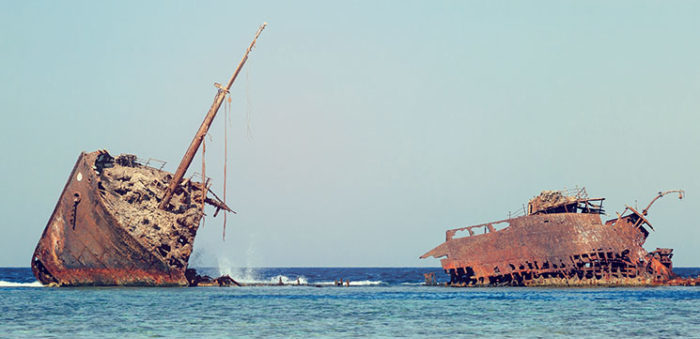In order to raise awareness on the dangers of ship wrecks, IMO led a panel discussion on wreck removal challenges, at the Salvage & Wreck Removal Conference in London, during 5-7 December. The Convention began in 2015, giving an insight on the international legal framework on liability and compensation by providing the first set of global rules pursuing to ensure the prompt and effective removal of wrecks located in a country’s exclusive economic zone.
Namely, IMO’s Nairobi Wreck Removal Convention, covers the legal basis for States to remove, or have removed, shipwrecks, drifting ships, objects from ships at sea, and floating offshore installations.
A ship wreck can be a barrier to navigation. It is a possibility that other vessels and crew can face dangerous situations. Depending on the nature of the cargo and remaining fuel on board, a wreck may also cause damage to marine environments and other coastal interests.
Except the dangers behind wreck removal, there is also the issue of costs and risks involved in marking and removing hazardous wrecks.
Moreover, until today 41 States have signed up to the Convention, representing more than 72% of world merchant shipping tonnage.
Finally, the Convention covers shipowners’ liability for costs of locating, marking and removal of hazardous wrecks, compulsory insurance to cover shipowner liability, the criteria for determining the hazard posed by wrecks, including environmental criteria. The treaty also includes an optional clause enabling States Parties to apply certain provisions to their territory, including their territorial sea.






























































